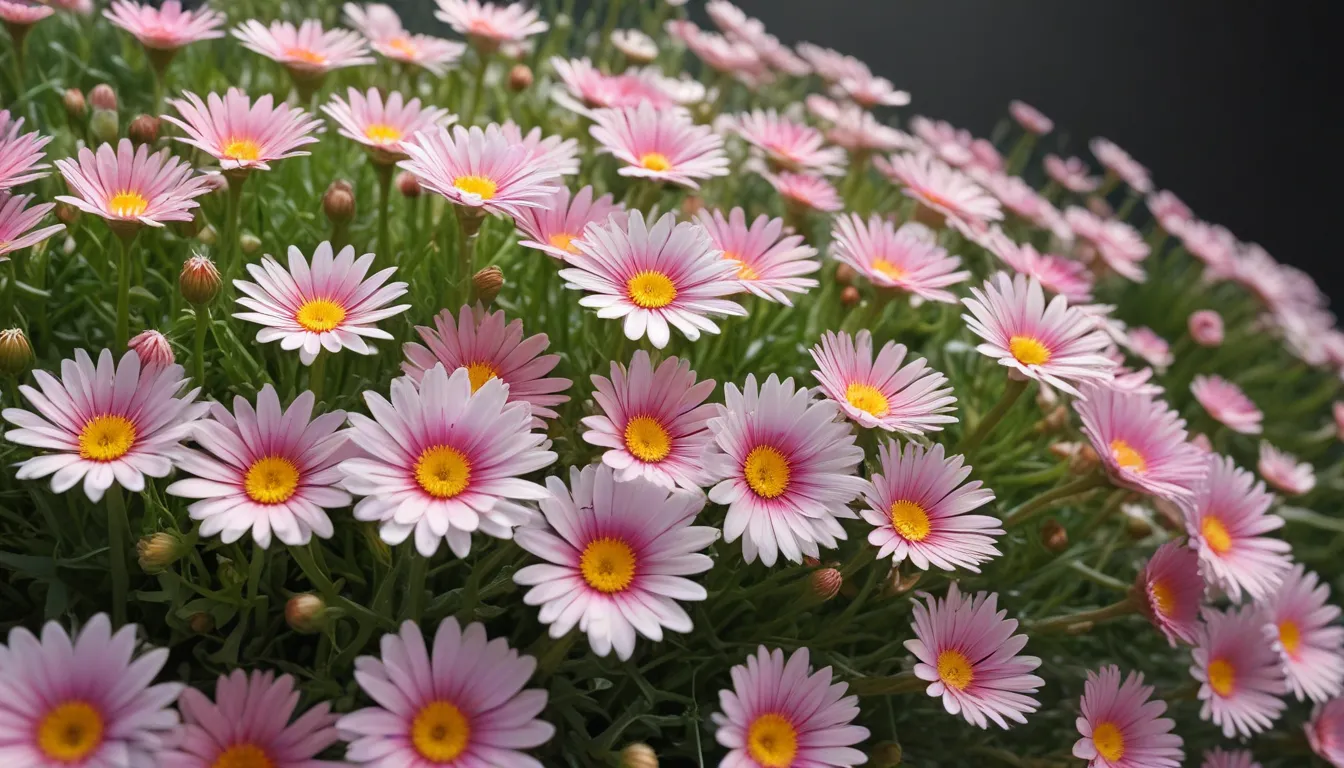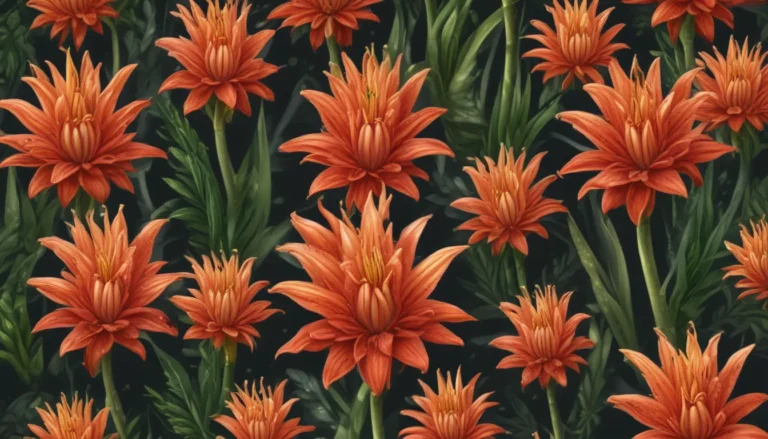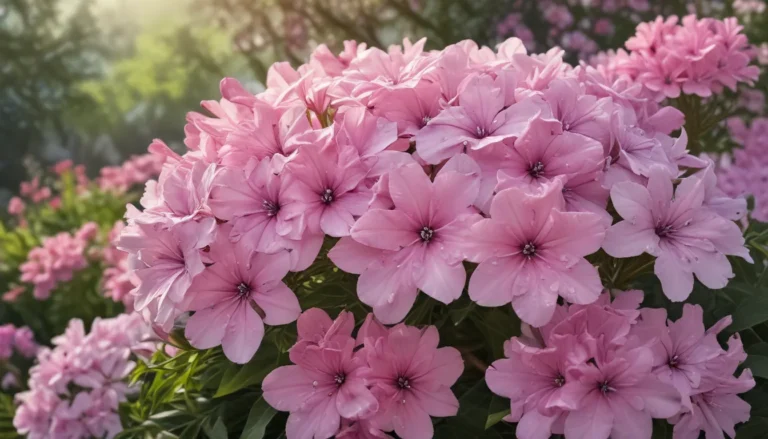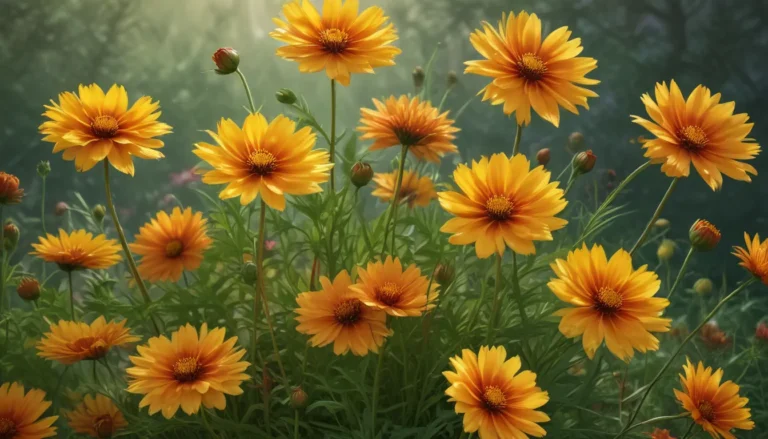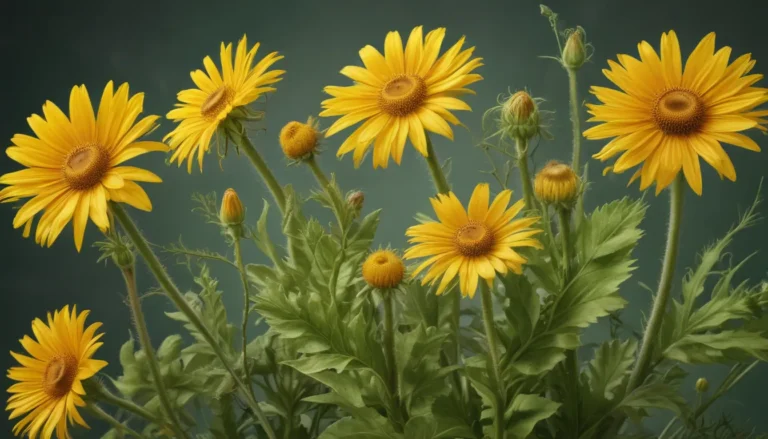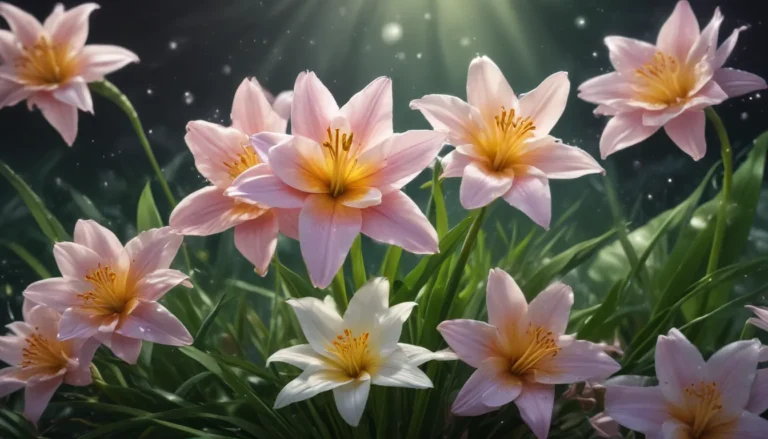The pictures we use in our articles might not show exactly what the words say. We choose these pictures to make you interested in reading more. The pictures work together with the words but don’t take their place. The words still tell you the important facts.
Are you looking to add a splash of vibrant color to your garden or landscape? Delosperma, also known as "ice plants," might just be the perfect choice for you. These beautiful and resilient plants are native to southern Africa and have captured the hearts of plant enthusiasts worldwide. From their ability to thrive in arid conditions to their stunning blooms, there is much to learn and appreciate about Delosperma. Let's explore 13 fascinating facts about these captivating plants that will surely surprise and delight you.
Delosperma: A Drought-Tolerant Succulent Wonder
Delosperma, or ice plant, is a remarkable succulent that has evolved to withstand dry climates. Its water-storing leaves and stems allow it to thrive even in arid conditions, making it a perfect choice for low-maintenance gardens.
Origins of Delosperma: A Southern African Native
Indigenous to South Africa and Namibia, Delosperma has made its way into gardens globally due to its vibrant flowers and ease of care. Its adaptability to different environments and its striking colors have made it a favorite among gardeners.
A Kaleidoscope of Colors: Delosperma Blooms
Delosperma flowers come in a dazzling array of hues, including pink, purple, orange, and yellow. These vibrant blooms not only add beauty to your garden but also attract essential pollinators like bees and butterflies.
Summer Splendor: Delosperma’s Blooming Season
One of the most enjoyable aspects of Delosperma is its blooming season, which typically occurs during the summer months. Imagine your garden coming alive with a burst of colors and life thanks to these delightful flowers.
Ground Cover Extraordinaire: Delosperma’s Spreading Habit
Delosperma's dense growth and mat-forming nature make it an excellent choice for ground cover. Not only does it create a beautiful carpet-like appearance, but it also helps suppress weed growth and soil erosion.
Deer-Resistant Delosperma: A Gardener’s Dream
If deer are a concern in your area, Delosperma is a fantastic option as deer tend to avoid it. This makes it an ideal plant for landscapes where deer may be a frequent visitor.
Low-Maintenance Beauty: Delosperma’s Easy Care Requirements
Delosperma is a plant that thrives on neglect, making it perfect for busy gardeners. It can adapt to various soil conditions and doesn't require constant watering, allowing you to enjoy its beauty with minimal effort.
Propagation Made Easy: Growing Delosperma from Cuttings
Expanding your collection of Delosperma is a breeze with its easy propagation from stem cuttings. Simply plant a healthy stem in well-draining soil, and watch as it develops roots in no time.
Rock Garden Royalty: Delosperma’s Perfect Fit
With its ability to thrive in dry conditions and low-growing habit, Delosperma is an ideal choice for rock gardens. Its vibrant colors and textures will enhance the beauty of rocky landscapes.
Pollinator Paradise: Delosperma’s Attraction to Bees and Butterflies
The beautiful flowers of Delosperma are a magnet for pollinators such as bees, butterflies, and even hummingbirds. By adding this plant to your garden, you not only beautify the space but also support crucial pollinators.
Coastal Champion: Delosperma’s Love for Coastal Conditions
Delosperma's tolerance for salty air and sandy soil makes it a perfect candidate for coastal gardens. Whether you're by the ocean or just love the beachy vibes, Delosperma will thrive in coastal conditions.
Culinary Creativity: Delosperma’s Edible Flowers
Some Delosperma varieties have edible flowers that can be used to add a pop of color to your culinary creations. From salads to desserts, these edible blooms offer a unique touch to your dishes.
Resilient and Tough: Delosperma’s Ability to Thrive
Delosperma is a hardy plant that can withstand harsh conditions, including extreme temperatures and poor soils. Its resilience makes it an excellent choice for gardens facing challenging environments.
Discover the Beauty of Delosperma
Delosperma, with its striking blooms, ability to survive in dry regions, and resistance to pests, has become a favorite among gardeners. Its versatility and beauty make it a fantastic addition to any landscape, whether you're a novice or an experienced gardener.
FAQs:
- Can Delosperma plants withstand extreme temperatures?
-
Yes, Delosperma plants are resilient to extreme temperatures, thriving in arid and desert-like conditions.
-
How often should I water my Delosperma plants?
-
Delosperma plants are drought-tolerant and do not require frequent watering. Allow the soil to dry out between waterings to prevent root rot.
-
Are Delosperma plants suitable for containers?
-
Absolutely! Delosperma plants are perfect for containers, adding color and beauty to small spaces.
-
Do Delosperma plants attract pollinators?
-
Yes, Delosperma plants are attractive to pollinators such as bees and butterflies, enhancing biodiversity in your garden.
-
Are Delosperma plants invasive?
-
No, Delosperma plants are not considered invasive and can be easily managed in the desired area.
-
How do I propagate Delosperma plants?
-
Delosperma plants can be propagated through stem cuttings or by dividing mature plants, both methods yielding successful results.
-
Can Delosperma plants tolerate full sun?
-
Absolutely! Delosperma plants thrive in full sun, requiring at least six hours of direct sunlight daily for optimal growth.
-
Are Delosperma plants deer-resistant?
-
Yes, Delosperma plants are deer-resistant, making them an excellent choice for gardens in deer-populated regions.
-
How long do Delosperma flowers bloom?
-
Delosperma flowers typically bloom from spring to fall, providing a prolonged display of color in your garden.
-
Can Delosperma plants grow in sandy soil?
- Yes, Delosperma plants are well-suited to sandy soil, thriving in challenging conditions.
By embracing the world of Delosperma, you'll not only add beauty to your landscape but also enjoy the simplicity of caring for these wonderful plants. Their vibrant colors, resilience, and attraction to pollinators make them a valuable asset to any garden. Dive into the wonders of Delosperma and let their beauty inspire you to create a stunning and low-maintenance garden oasis.
